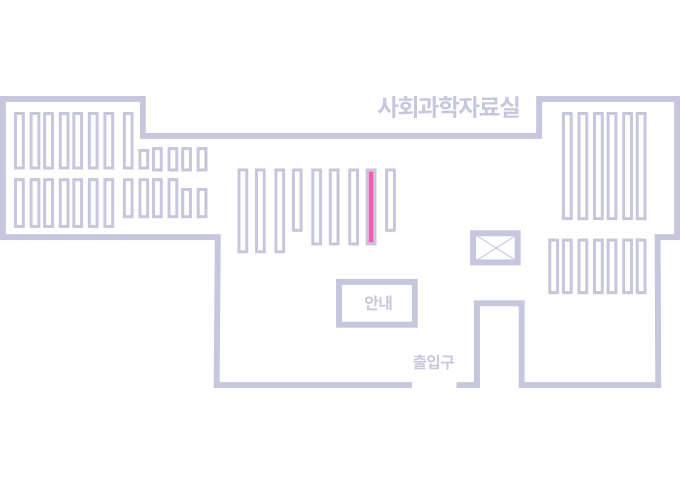권호기사보기
| 기사명 | 저자명 | 페이지 | 원문 | 기사목차 |
|---|
| 대표형(전거형, Authority) | 생물정보 | 이형(異形, Variant) | 소속 | 직위 | 직업 | 활동분야 | 주기 | 서지 | |
|---|---|---|---|---|---|---|---|---|---|
| 연구/단체명을 입력해주세요. | |||||||||
|
|
|
|
|
|
* 주제를 선택하시면 검색 상세로 이동합니다.
표제지
목차
제 1 장 서 론 10
1.1 연구의 배경 및 목표 10
1.2 기존의 연구 12
제 2 장 유한요소 해석의 이론적 배경 및 타당성 검증 13
2.1 개요 13
2.2 Isoparametric 유한요소의 이산화 13
2.3 비정상 열전도 해석 19
2.4 탄소성 해석 22
2.4.1 기하학적 비선형 22
2.4.2 재료학적 비선형 24
2.5 해석 프로그램의 검증 29
2.5.1 실험 30
2.5.1.1 실험판의 제작 30
2.5.1.2 잔류응력 측정 31
2.5.1.3 실험 결과 32
2.5.2 수치해석 34
2.5.2.1 해석방법 34
2.5.2.2 잔류응력 35
제 3 장 TMCP 강 및 이종강재 용접부의 잔류응력 특징 37
3.1 맞대기 용접시 잔류응력 특징 37
3.1.1 해석모델 및 용접조건 37
3.1.2 온도분포 40
3.1.3 잔류응력 40
3.2 필렛 용접시 잔류응력 특징 46
3.2.1 해석모델 및 용접조건 46
3.2.2 온도분포 47
3.2.3 잔류응력 48
3.3 분석 및 고찰 54
제 4 장 강재의 합리적 배치에 의한 소수주형교의 경제성 검토 55
4.1 SM490-TMC 강을 적용한 기존 소수주형교의 응 력 및 내하력 검토 55
4.1.1 해석모델 및 경계조건 55
4.1.2 하중재하시 응력 및 변위 58
4.1.3 하중재하시 내하력검토 59
4.2 SM570-TMC 고강도강을 적용한 소수주형교의 응력 및 내하력 검토 60
4.2.1 해석모델 및 경계조건 60
4.2.2 하중재하시 응력 및 변위 63
4.2.3 하중재하시 내하력검토 67
4.3 분석 및 고찰 69
제 5 장 결 론 70
5.1 결 론 70
5.2 추후 연구과제 71
참고문헌 72
국문초록 75
ABSTRACT 77
감사의 글 79
Table 2.1 Composition of experimental plate 30
Table 2.2 Welding process and weld metal 31
Table 2.3 Mechanical properties of weld metal 31
Table 2.4 Chemical composition of weld metal 31
Table 2.5 Welding conditions 32
Table 2.6 Details of gage 32
Table 4.1 Variation of steel type and thickness of I-girder(TYPE 1) 55
Table 4.2 Boundary conditions 56
Table 4.3 Loading conditions 58
Table 4.4 Stress and displacement of the center 58
Table 4.5 Variation of steel type and thickness of I-girder 61
Table 4.6 Stress and displacement of the center 63
Table 4.7 Allowable stress 64
Table 4.8 Allowable displacement 65
Table 4.9 Calculation of material cost 65
Table 4.10 The cost of materials used 66
Table 4.11 Comparision of Ultimate strength 67
Table 4.12 Reduction rate of the weight and material cost of the main girder 68
Fig. 2.1 8 Noded isoparametric solid element 13
Fig. 2.2 Flow chart of the analysis program 29
Fig. 2.3 Configuration of experimental plate 30
Fig. 2.4 The location of gages 33
Fig. 2.5 Sliced gages 33
Fig. 2.6 Residual stress components of transverse direction 34
Fig. 2.7 Residual stress components of weld line direction 34
Fig. 2.8 Analysis model after gausing 35
Fig. 2.9 Residual stress components of weld line direction 36
Fig. 3.1 Analysis model 38
Fig. 3.2 Physical constants & Mechanical properties of materials used 39
Fig. 3.3 Temperature history(t=82sec) 40
Fig. 3.4 Residual stresses perpendicular to the weld line direction (similar steel) 42
Fig. 3.5 Residual stresses perpendicular to the weld line direction (dissimilar steel) 43
Fig. 3.6 Residual stresses along the weld line direction 44
Fig. 3.7 Analysis model 46
Fig. 3.8 Temperature history(t=100sec) 48
Fig. 3.9 Residual stresses perpendicular to the weld line direction (similar steel) 49
Fig. 3.10 Residual stresses perpendicular to the weld line direction (dissimilar steel) 50
Fig. 3.11 Residual stresses along the weld line direction (similar steel) 51
Fig. 3.12 Residual stresses along the weld line direction (dissimilar steel) 52
Fig. 4.1 Analysis model 56
Fig. 4.2 Mesh divisions of analysis model 57
Fig. 4.3 Stress distribution under load(tonf/㎡) 58
Fig. 4.4 Mesh divisions of analysis model 59
Fig. 4.5 Ultimate strength of I-girder (TYPE 1) 59
Fig. 4.6 Analysis model of I-girger 60
Fig. 4.7 Ultimate strength of I-girder applying dissimilar steels (TYPE 5) 67
*표시는 필수 입력사항입니다.
| *전화번호 | ※ '-' 없이 휴대폰번호를 입력하세요 |
|---|
| 기사명 | 저자명 | 페이지 | 원문 | 기사목차 |
|---|
| 번호 | 발행일자 | 권호명 | 제본정보 | 자료실 | 원문 | 신청 페이지 |
|---|
도서위치안내: / 서가번호:

우편복사 목록담기를 완료하였습니다.
*표시는 필수 입력사항입니다.
저장 되었습니다.